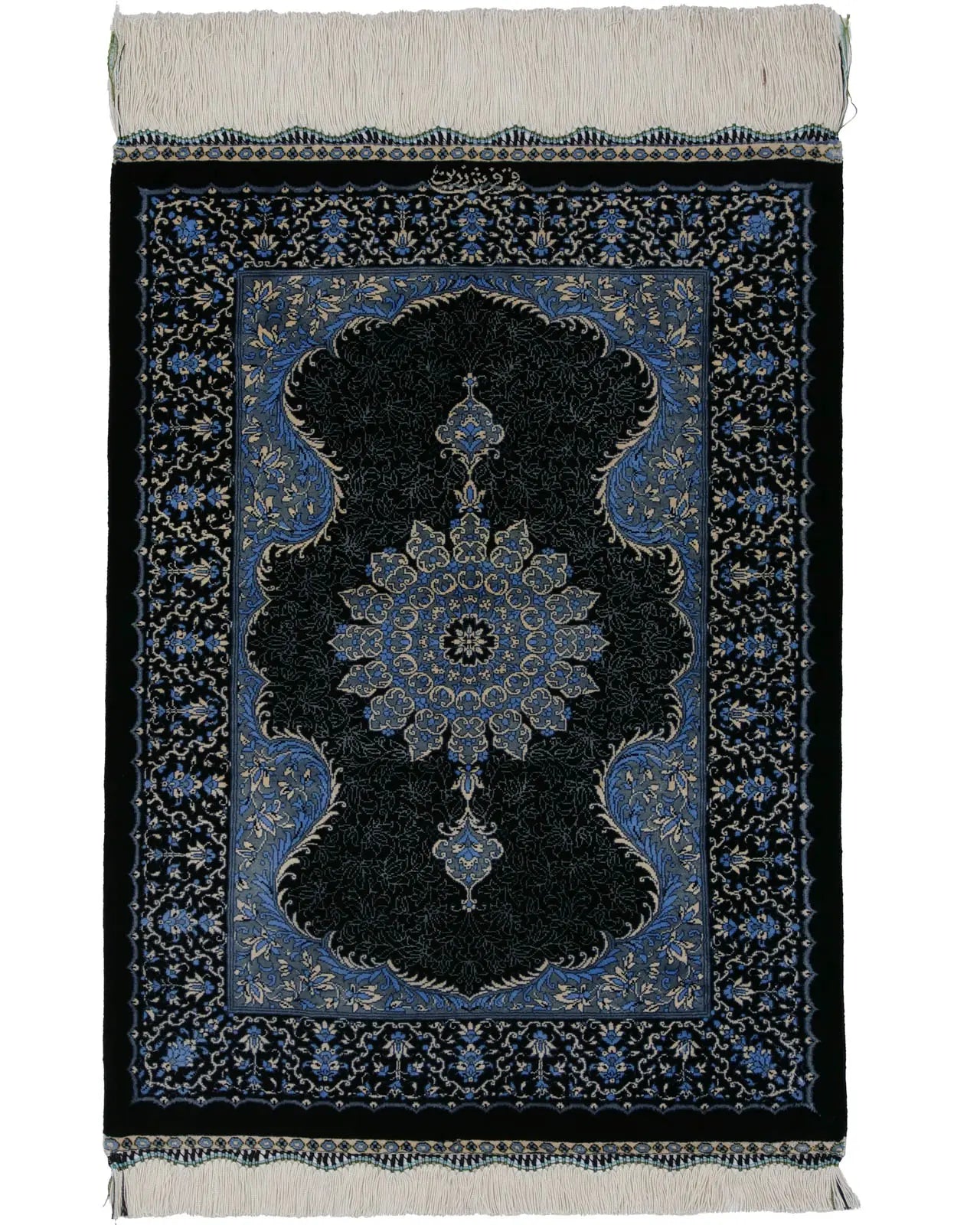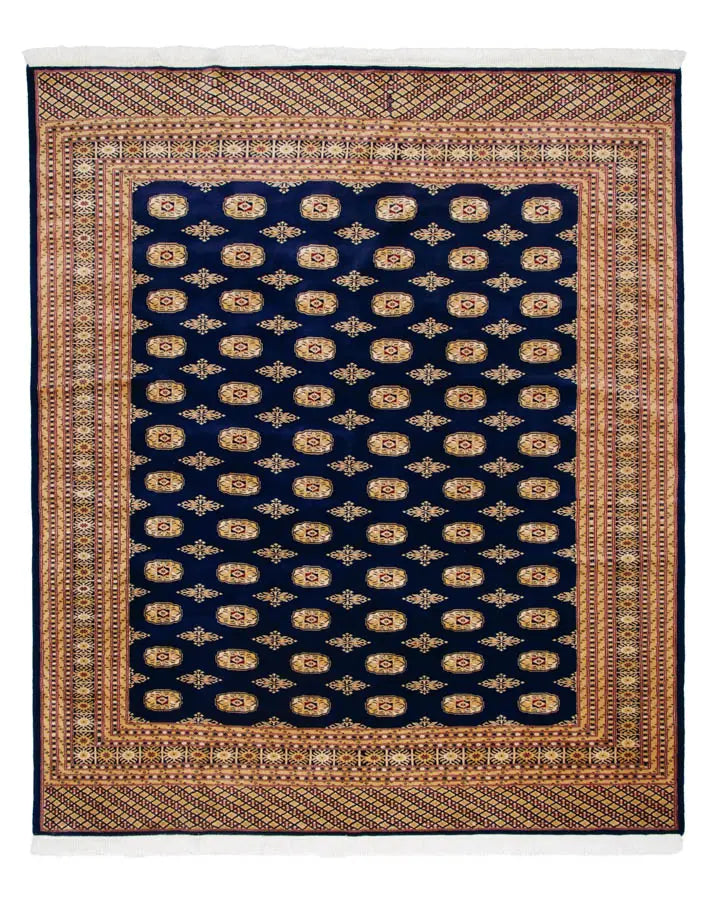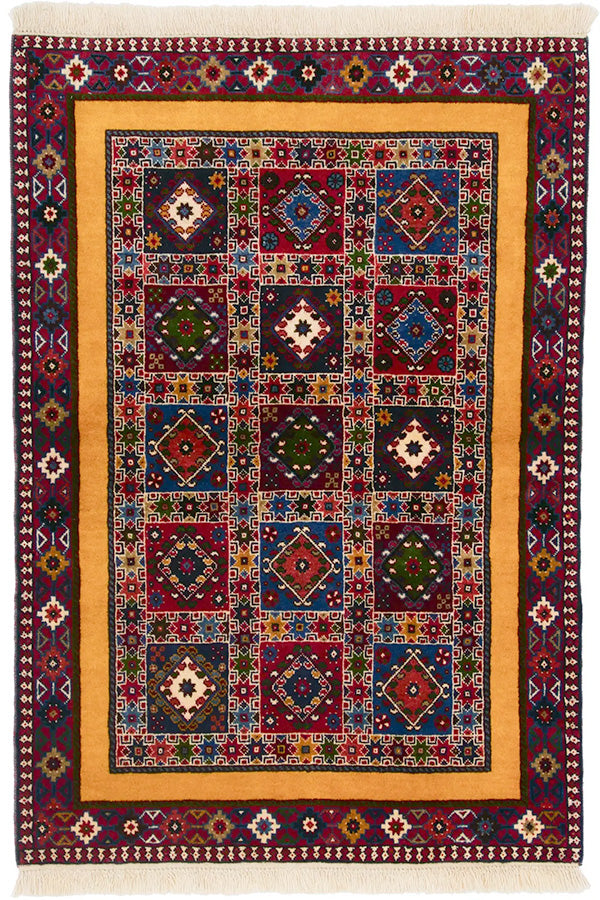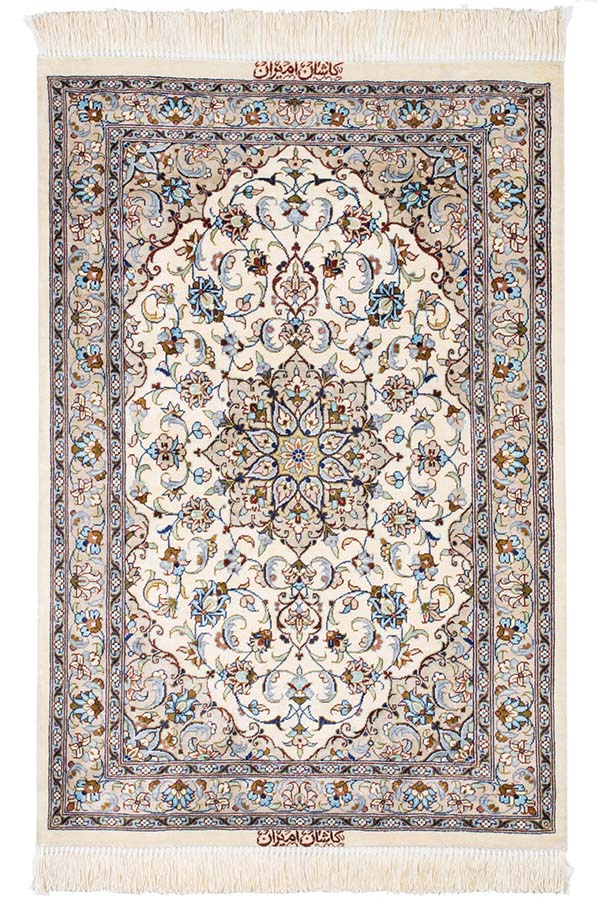Kerman
Type: Persian carpet
Location: Central Iran (formerly Persia)
Knot Density: 160,000 - 380,000 knots per square meter
Features: Flower pattern
Pile: high quality wool
Kerman is a historic city located on a high plateau in southeastern Iran, about 1,000 kilometers from Tehran. It lies in an arid region southwest of the Lut Desert and sits at an average elevation of approximately 1,755 meters. Although the climate is harsh—with minimal rainfall, scorching summers, and sandstorms in spring—the autumn and winter seasons are relatively cool and pleasant.
In this stark desert environment, people have long yearned for nature, and that deep appreciation is vividly expressed in Kerman carpets. Many feature lush, floral designs filled with colorful blossoms, as if portraying gardens blooming in the desert. These motifs, often referred to as “Hezar Gol” (A Thousand Flowers), reflect the affection of desert dwellers for the beauty of nature.
Kerman has been renowned for centuries as a cultural center rich in handicrafts such as silk weaving and carpet making. Strategically located along caravan trade routes, it served as a vital hub connecting Persia with the Indian subcontinent. Carpets from this region reached international markets early on, and by the Safavid era (16th–17th century), historical records already document their export to Europe.
Even today, carpet weaving remains one of Kerman’s principal industries, and Kerman carpets are widely recognized around the world as a symbol of Persian artisanal tradition.
History
The history of carpet production in Kerman dates back centuries, with the oldest surviving examples believed to be around 500 years old. During the Safavid dynasty in the 16th century, a royal workshop was established in Kerman, producing many exquisite masterpieces such as the famous "Vase Pattern" carpets. These pieces were admired not only in Persian royal courts but also among European aristocracy, helping to establish the global reputation of Persian carpets.
In the late 18th century, civil unrest led to the devastation of Kerman, and many weavers fled to the town of Ravar, located about 150 kilometers northwest. There, they continued their craft, and the carpets produced in Ravar became particularly known for their fine quality and intricate designs. These came to be distinguished as “Kerman Ravar” carpets.
The revival of the industry in Ravar flourished throughout the 19th and early 20th centuries, during which Kerman carpets once again became a major export product to Western markets.




